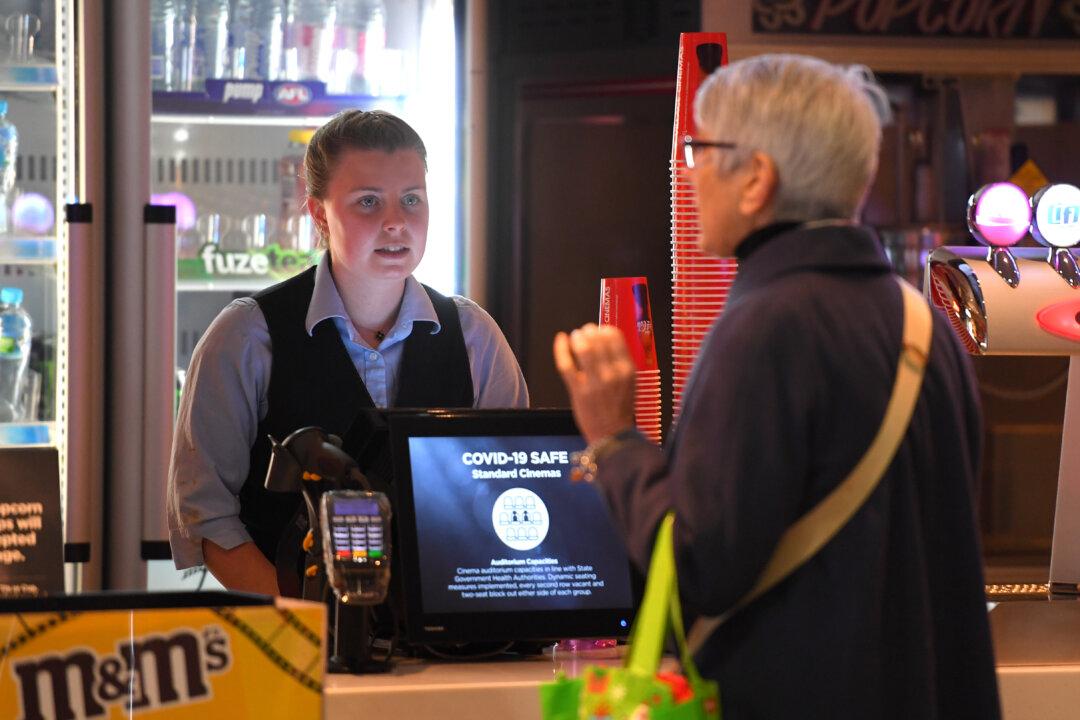Australia’s unemployment rate fell again in July, hitting 3.4 percent–the lowest level in 48 years.
While the unemployment rate for men slipped by 0.2 percent to 3.4 percent, women’s remained unchanged at 3.4 percent compared to June.

Australia’s unemployment rate fell again in July, hitting 3.4 percent–the lowest level in 48 years.
While the unemployment rate for men slipped by 0.2 percent to 3.4 percent, women’s remained unchanged at 3.4 percent compared to June.